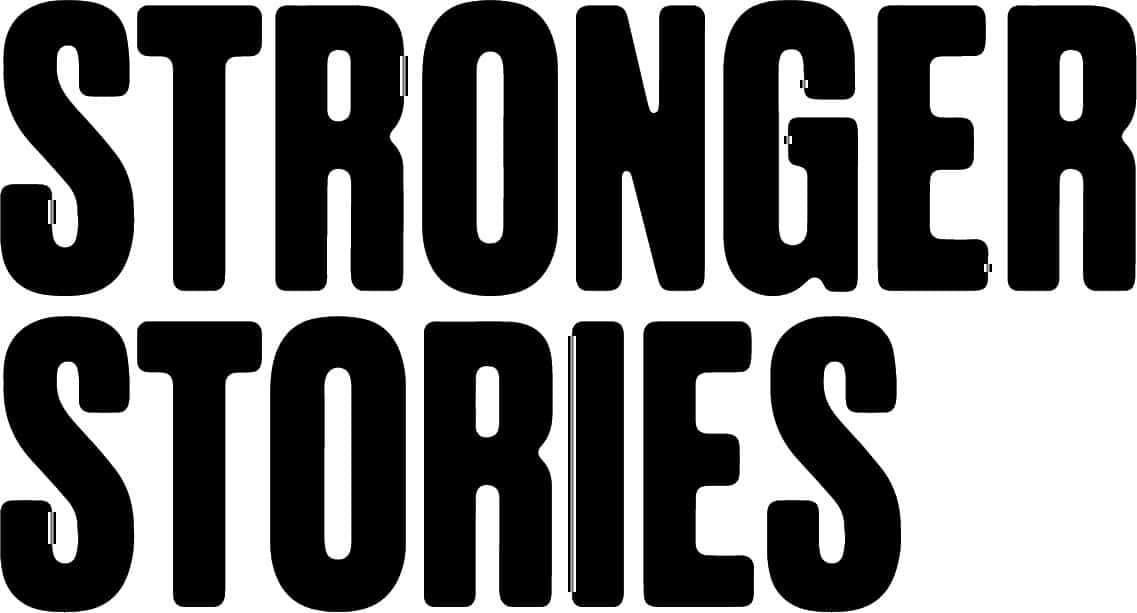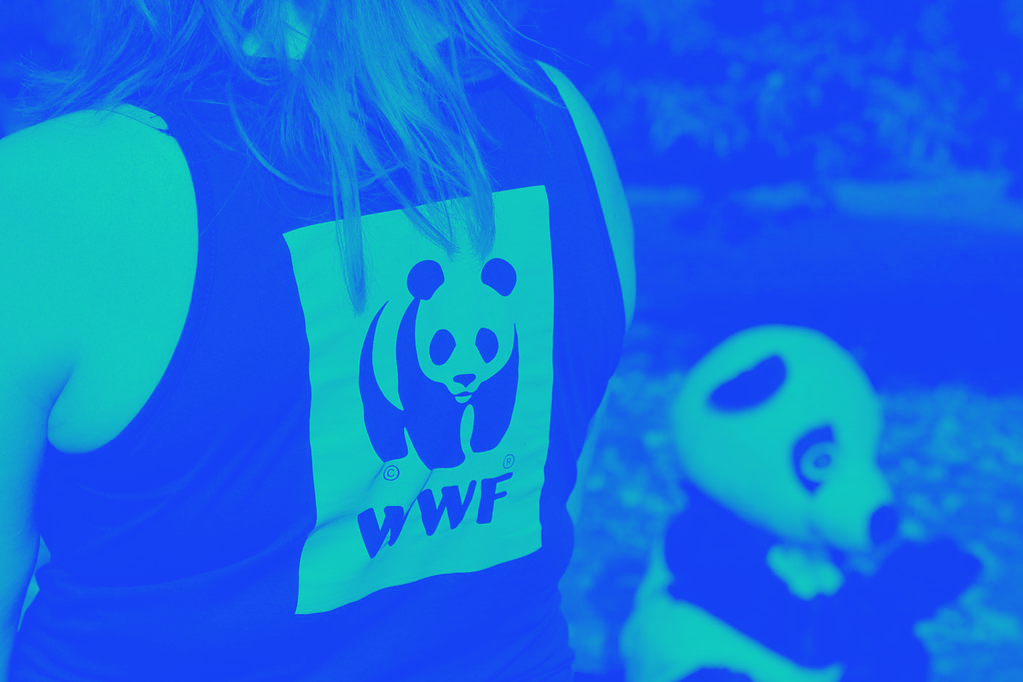
Extinction Rebellion vs WWF: The Climate Crisis Clash
- Written by Rosie Ngugi Ngugi
It’s clear, to help solve climate breakdown, collaboration is fundamental. Partnerships between the public sector, private sector and civil society are key to unlocking solutions, investment and impacting systems change.
There are so many successful platforms for collaboration. For example Race to Net Zero, the largest ever alliance with 7,000+ diverse organisations united by one shared goal. But, why is it that when people get together for similar reasons, infighting becomes rife?
Last month we saw the clash of climate activists Extinction Rebellion (XR) and conservation charity WWF. Activists protested outside WWF accusing them of selling out to corporations, enabling greenwashing and violating human rights, doing the very things it set out to combat. Whilst it’s a valid stance, it left a lot of people confused. If both of them are fighting for the environment, why do they have ‘beef’?
This dilemma actually has a name – the narcissism of small differences. Coined by Sigmund Freud in 1917, the term means ‘communities with adjoining territories and close relationships are especially likely to engage in feuds and mutual ridicule because of hypersensitivity to details of differentiation’. AKA, those who have close opinions are likely to pick at the small differences because they hold those differences close to their identities.
The narcissism of small differences impacted XR’s effectiveness to communicate the cause, as their story didn’t fit the story the public tells themselves about WWF. Because, whilst XR sees a big difference between itself and WWF, their intended audience doesn’t.
Their storytelling fell down in three ways: symbolism, stance and alienation.
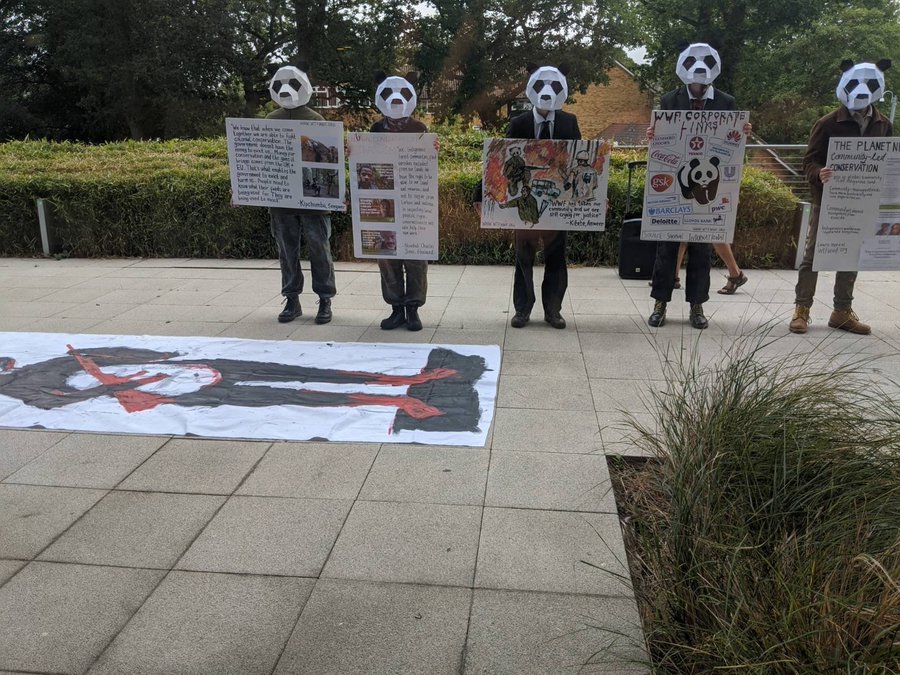
1. Symbolism
During the demonstration, protestors wore panda heads; they mixed imagery of gore and guns with lovable pandas. This symbolism left audiences questioning ‘who hates pandas?’ It set them on a difficult footing from the off, because people find the symbols unrelatable and immediately see XR as ‘people not like me’.
2. Stance
XR used an Overcoming the Monster story type. They situated themselves as the underdog, and we usually root for the underdog, right? Well, when people love Goliath, they don’t side with David. Placing WWF as Goliath didn’t tap into the stories that people already tell themselves about WWF. This tension was further polarised by WWF’s response, noting they were ‘disappointed‘, which echoed a common parental stance ‘I’m not angry, just disappointed. This tone did fit with the story people tell themselves about WWF – they are calm and respectful do-gooders providing care to nature.
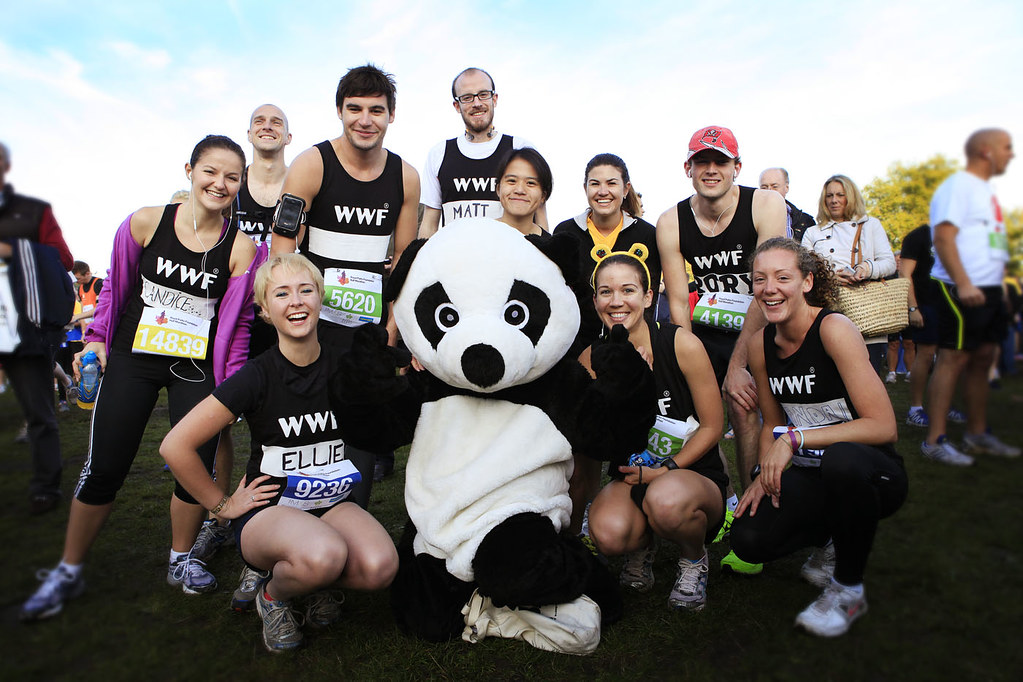
3. Alienation
Even though XR didn’t lean into the stories people are telling themselves about WWF, they accidentally fed a negative story that people tell themselves about XR. They are a nuisance who have ‘beef’ with everyone. Because of this, they were positioned as the villain in news media, leading to the alienation of current and potential supporters, with some using the hashtag #NotInMyName.
From clashing to collaborating
So, if the narcissism of small differences is so common, how do collaborators get over it?
By working together on the ‘how’ not the ‘why’.
People’s ‘why’ are what they hold close to their identities, it’s what they get up for in the morning. Trying to collaborate on the ‘why’ means compromising, which neither party wants to do. But, people with a different ‘why’ and in need of pathways, resources, support etc. can collaborate on the ‘how’.
The most famous example of collaborating on the ‘how’ is the Temperance and Suffrage movements; they both successfully achieved their ‘why’ through voting allyship. Initially, women’s rights and alcohol prohibition were politically polarised.
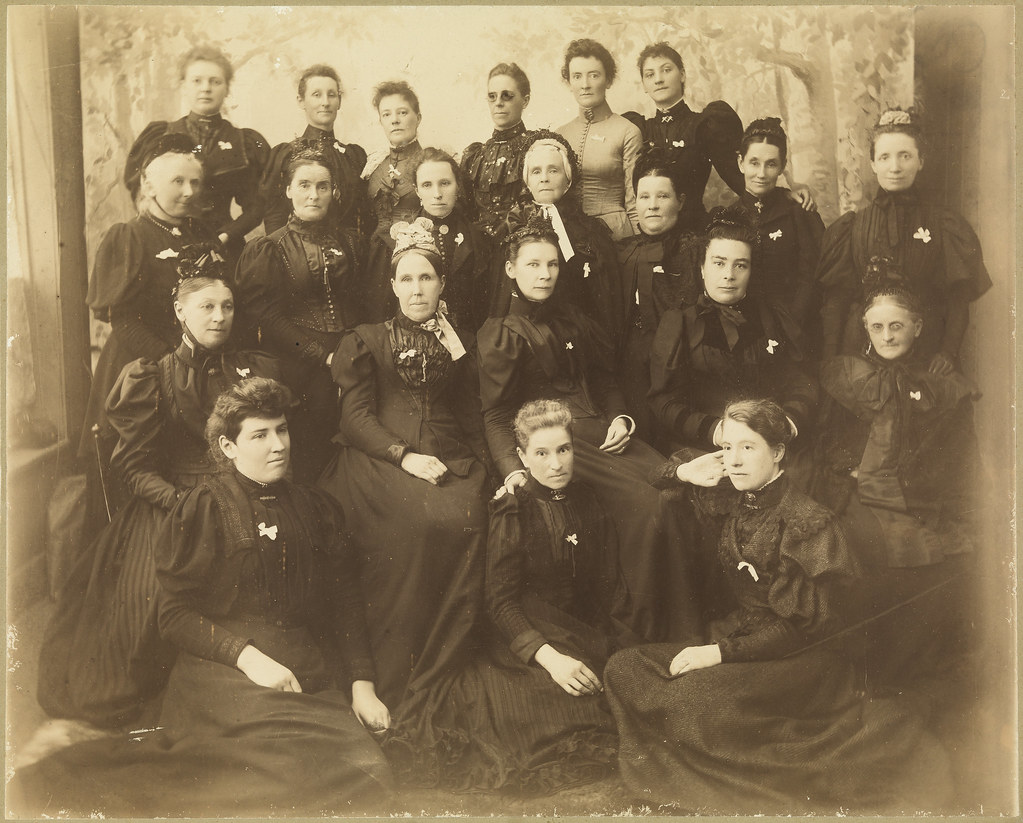
But, groups such as the Woman’s Christian Temperance Union (WCTU) realised they needed each other. They linked the consumption of alcohol with domestic violence and other important issues for women’s rights. And as a religious organisation, WCTU was seen as a respectable route into the suffrage movement. They worked together to win the vote to ban alcohol and the vote for women – a mutually beneficial relationship where they both win.
“The WCTU endorsed suffrage in 1881, when many people still thought of women voting as outlandishly radical. Its tens of thousands of members would form the grassroots of the suffrage movement for many years to come.” – The NPS
In the run-up and during COP26, we are already seeing where these kinds of collaborations have begun. For example, the Woodland Trust and People’s Postcode Lottery tree planting campaign for the Big Climate Fightback. The Woodland Trust wants the UK rich in native woods and trees, and the People’s Postcode Lottery wants to help good causes that transform communities, but they can collaborate on tactics to get these. One of their most successful strategies being literally sending out 1.4 million trees to people’s postcodes.
So, what can we learn from these unlikely bedfellows and strange allies? If collaboration is key to our successes in saving this planet, then we have to find ways around the narcissism of small differences and echo chambers by seeking out the ‘how’ instead of the ‘why’.
“If working apart we are a force powerful enough to destabilise our planet, surely working together we are powerful enough to save it.”
David Attenborough, COP26 speech
Share:
Grow Your Good Idea Faster
New ideas are precious. Win support by learning how to create and tell a stronger story – sign up to join for free.

Related posts
Can we still trust the American Dream?
“I’d like to begin with a story. It’s an astonishingly simple story. In fact, it only has six words: America is...
How self-love shifted mental health narratives in sport
We’re all working hard to tell better stories about change. Sometimes the best story is not the one that fits...
Extinction Rebellion vs WWF: The Climate Crisis Clash
It’s clear, to help solve climate breakdown, collaboration is fundamental. Partnerships between the public sector,...
Learn from the strongest stories about change
Sign up here to receive our monthly newsletter that explores great storytelling about brilliant ideas. Don’t worry you can unsubscribe at any time.
We’re working hard to walk the talk.
We’re proud to be have been awarded The Blueprint and B Corp status in recognition of our work towards creating a better world.

